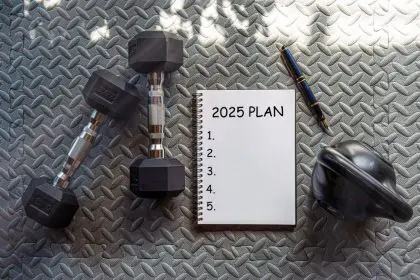In a world where remote and hybrid work arrangements have become mainstream, technology continues to reshape professional environments at an unprecedented pace. From artificial intelligence assistants to immersive virtual meetings, innovations once considered futuristic are now becoming essential workplace tools. These technologies are not only enhancing efficiency but also transforming how we collaborate, learn, and approach complex problems in our professional lives.
Artificial intelligence transforming knowledge work
The integration of AI into workplace tools has accelerated dramatically, with systems now capable of handling increasingly sophisticated tasks. These AI systems are reshaping knowledge work in fundamental ways:
Generative AI assistants are now embedded in productivity suites, helping professionals draft documents, summarize meetings, and analyze data with remarkable accuracy. Research from McKinsey suggests companies implementing these tools report productivity gains averaging 37% in specific workflow processes.
AI-powered decision support systems are helping professionals make data-informed choices by processing vast datasets and identifying patterns humans might miss. Financial services firms using these systems report 42% faster analysis times for complex market conditions.
These systems aren’t simply automating mundane tasks – they’re augmenting human capabilities, allowing professionals to focus on higher-value strategic thinking while AI handles routine cognitive work.
Extended reality creating new collaboration spaces
As workplaces become more distributed, extended reality technologies are creating new possibilities for connection:
Virtual reality workspaces enable teams to collaborate in shared digital environments regardless of physical location. Companies implementing VR meeting spaces report 28% improvements in engagement compared to standard video conferencing.
Augmented reality training overlays digital instruction onto physical workspaces, reducing training time by up to 45% in manufacturing and healthcare settings while improving retention of complex procedures.
These technologies are particularly transformative for industries requiring spatial understanding or hands-on training, creating immersive experiences that bridge the gap between remote work and physical presence.
Ambient computing making technology disappear
The next evolution of workplace technology involves making digital tools less obtrusive and more integrated into our environment:
Smart workplace systems use environmental sensors and AI to automatically adjust lighting, temperature, and room configurations based on occupancy patterns and employee preferences, improving comfort while reducing energy costs by up to 23%.
Voice-activated workspace controls allow professionals to interact with technology through natural conversation rather than screens, reducing digital fatigue and creating more intuitive work environments.
These ambient systems represent a significant shift from the screen-dominated workplace, creating environments where technology responds to human needs without requiring constant attention.
Advanced robotics entering new sectors
Robotics are moving beyond manufacturing into various service and knowledge-work environments:
Collaborative robots now work alongside humans in retail, hospitality, and healthcare settings, handling repetitive physical tasks while humans focus on interpersonal interactions and complex decision-making.
Autonomous mobile platforms in warehouses and office buildings transport materials, deliver supplies, and assist with logistics, improving operational efficiency by up to 32% in early-adopting organizations.
Unlike earlier automation that often replaced human workers, these robotic systems are increasingly designed to complement human capabilities, creating human-machine teams that leverage the strengths of both.
Blockchain transforming trust in professional relationships
Beyond cryptocurrencies, blockchain technology is creating new paradigms for verification and collaboration:
Decentralized identity systems give professionals greater control over their credentials and work history, streamlining hiring processes while reducing verification costs by up to 56% for organizations.
Smart contracts are automating complex multi-party agreements, reducing administrative overhead and creating transparent audit trails for business relationships.
These blockchain applications are particularly valuable in industries requiring high levels of verification or complex collaboration between multiple stakeholders.
As these technologies mature, they’re creating workplaces that are simultaneously more distributed and more connected. The most successful organizations are approaching these innovations not merely as productivity tools but as catalysts for reimagining how work itself can be structured.
The workplace technologies emerging today suggest a future where digital systems adapt to human needs rather than forcing humans to adapt to technology. This human-centered approach to innovation may ultimately prove more transformative than the technical capabilities themselves.

















